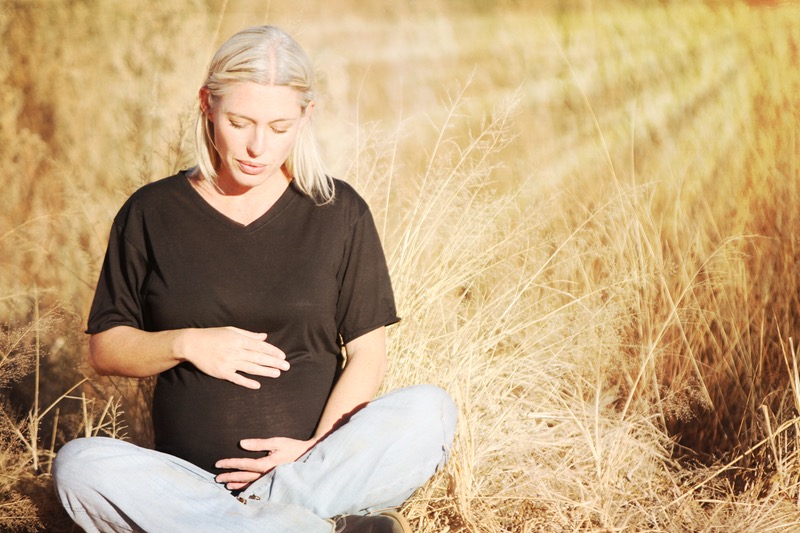At Mt. Auburn, we are dedicated to keeping mothers comfortable and safe during pregnancy and delivering happy, healthy babies. Many complications can arise during the nine month stretch of pregnancy, and it’s important for mothers to-be to know what could happen, including the most common pregnancy complication: preeclampsia.
What is Preeclampsia?
Preeclampsia is a disease that usually occurs during the third trimester of pregnancy after week 20, or in some cases, develops after childbirth. It’s believed that preeclampsia happens when the flow of blood going through the placenta is reduced. This happens if the mother has damaged blood vessels or has a problem with her immune system. The placenta does not get enough oxygen or its essential nutrients. Preeclampsia accounts for nearly half of maternal and fetal deaths in developing countries where prenatal care is not as readily available. Babies born of preeclampsia are not able to grow to their full length and size and are usually born prematurely.
What are the Symptoms?
The most important indicator for preeclampsia is high blood pressure. High blood pressure is characterized by blood pressure of 140/90 or greater, measured at two different times, six hours apart. If the diastolic pressure, the lower number, increases by 15 or more or the systolic pressure, the upper number, increases by 30 or more, contact your physician immediately as this might be a sign of complication.
Protein in your urine (proteinuria) is another symptom of preeclampsia. Protein in your urine is common during pregnancy, as your kidneys are working a little bit harder now that you’re carrying. However, abnormal levels could mean preeclampsia, especially if the levels increase in the last couple weeks of your pregnancy. These are things you won’t notice on your own. Your doctor will measure your blood pressure and protein levels at every check-up in order to monitor these complications that could arise.
Luckily, there are some signs and symptoms that you can notice:
- Sudden swelling of the hands, face and feet
- Extended headaches or migraines
- Nausea or vomiting
- Sudden weight gain
- Blurred vision or trouble seeing
- Abdominal pain
If you experience any of these symptoms, contact your doctor immediately. While there are no practices to ensure the prevention of preeclampsia, the best thing you can do for you and your baby is to attend all of your prenatal appointments.
What are My Chances of Developing Preeclampsia?
About 5% to 10% of pregnant women develop preeclampsia, but this rate is lower for women in the U.S. Certain conditions make some women at higher risk than others for developing the disease. You are more likely to develop preeclampsia if you:
- Are a first-time mother
- Developed preeclampsia in a previous pregnancy
- Are younger than 20, or older than 40
- Are pregnant with twins or triplets
- Have chronic kidney disease or had high blood pressure prior to becoming pregnant
- Have an autoimmune condition, such as lupus
- Have diabetes
Obesity and donor-egg pregnancies may also elevate your risk of developing preeclampsia. Take note if your sister or mother had preeclampsia during their pregnancies, as this may also increase your risk.
How is Preeclampsia Treated?
The only way to combat preeclampsia is delivering your baby. However, preeclampsia ranges from a mild diagnosis to severe, and each treatment is tailored to the mother’s needs. Delivery may not be an option if you are too early in your pregnancy. Instead, you will be highly monitored with more frequent blood tests, ultrasounds and nonstress tests. You may be given medication or admitted to the hospital. If you are in the window of delivering your baby, your doctor may induce labor or perform a caesarean section.
What are the Other Complications?
If left untreated, preeclampsia can lead to further and more serious complications:
- Eclampsia is characterized by the mother experiencing seizures during pregnancy, birth or after having her baby. Eclampsia usually develops as a result of severe preeclampsia, however, the disease can develop at any time.
- HELLP syndrome is a rare liver disorder. It stands for:
- H: haemolysis, which is the breakdown of red blood cells
- EL: elevated liver enzymes, which means the liver is not functioning properly
- LP: low platelet count, which means you may not have enough platelets in order for your blood to clot
Eclampsia and HELLP syndrome are both maintainable after giving birth; however, there are some cases where these complications may attribute to long-term disorders, including kidney problems and hypertension. You may need to begin regularly keeping track of your blood pressure, as it may affect future pregnancies. Continue to see your doctor if you experience these complications.
The Recovery Process
You should notice your blood pressure slowly, but surely, lowering within the first couple weeks after giving birth. If you continue to have high blood pressure, you may need to schedule extended-stay in the hospital or attend frequent routine check-ups to continue treatment and close monitoring.
Preeclampsia is a serious condition that can be monitored if diagnosed early in pregnancy. Frequent your prenatal appointments, and reschedule them immediately if you have to miss one or two. Of course, consult your doctor if you have any questions or concerns.
